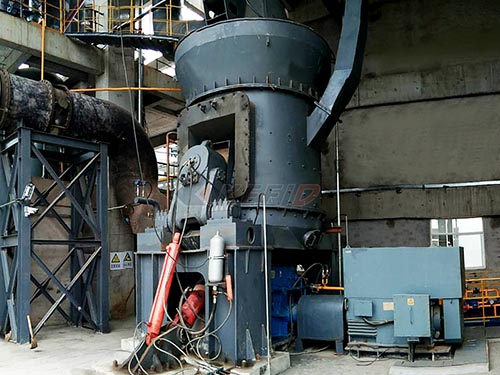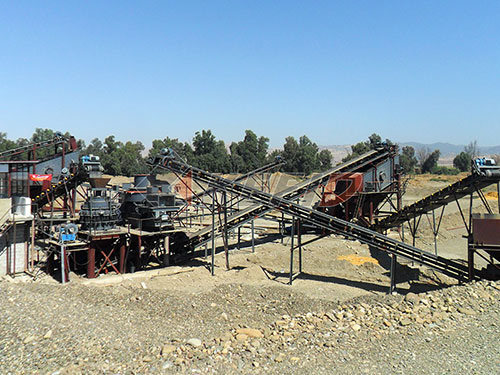The Ring Crush Test (RCT): Apparatus, Principles, and Significance in Corrugated Board Evaluation
Introduction: The Backbone of Packaging Strength

The corrugated cardboard box remains an indispensable workhorse of global logistics and product protection. Its performance under stacking loads during storage and transportation is paramount to preventing product damage and ensuring supply chain integrity. At the heart of predicting this crucial stacking strength lies the Ring Crush Test (RCT) – a fundamental laboratory procedure standardized globally (e.g., TAPPI T 822 / ISO 12192). While often discussed in terms of its result – the Ring Crush Resistance value (RCT value in kN/m or lbf/in) – the accuracy and reliability of this test are intrinsically tied to the precision engineering and proper operation of its dedicated measurement instrument: The Ring Crush Tester.
This article delves into the critical components, operational principles, calibration requirements, procedural nuances, industrial significance, and maintenance considerations surrounding the Ring Crush Test apparatus itself – the essential tool for quantifying edgewise compressive strength in paperboard liners used in corrugated construction.
Understanding the Core Principle: Edgewise Compression
Before dissecting the apparatus, it’s vital to grasp what it measures. Unlike tests that evaluate flat crush resistance or burst strength, RCT specifically assesses a paperboard specimen’s resistance to edgewise compressive force applied perpendicularly to its plane until buckling occurs. This simulates how fluting medium within corrugated board resists crushing forces when boxes are stacked vertically.
A narrow strip of paperboard is formed into a precisely dimensioned ring using a specialized slot-and-tab sample preparation device (often integrated with or supplied alongside the tester). This ring is then placed vertically between two rigid parallel platens within the RCT apparatus. A steadily increasing compressive force is applied axially until maximum load capacity is reached just before structural collapse (buckling). The maximum force sustained per unit width of specimen provides the RCT value.

Anatomy of a Modern Ring Crust Tester: Components
A state-of-the-art Ring Crush Testing apparatus is an integrated electromechanical system designed for precision control and accurate measurement:
1. Robust Frame & Load Structure: Constructed from high-grade steel or aluminum alloy providing exceptional rigidity and minimal deflection under load (<0.001% FS typical specification). This ensures all applied force translates directly into compressing the specimen without energy loss through frame flexing.
2. Precision Parallel Platens: Two hardened steel

Leave a Reply